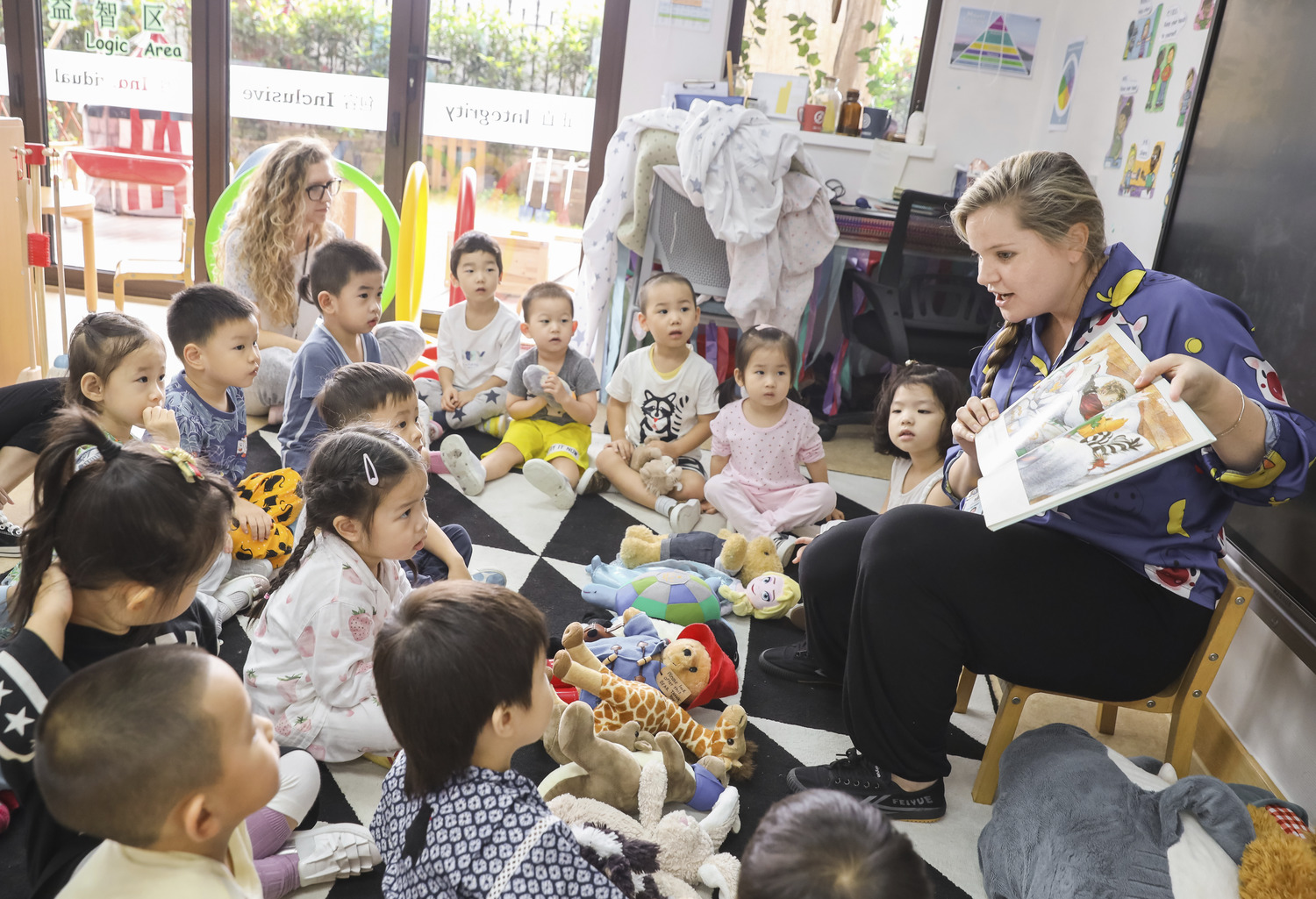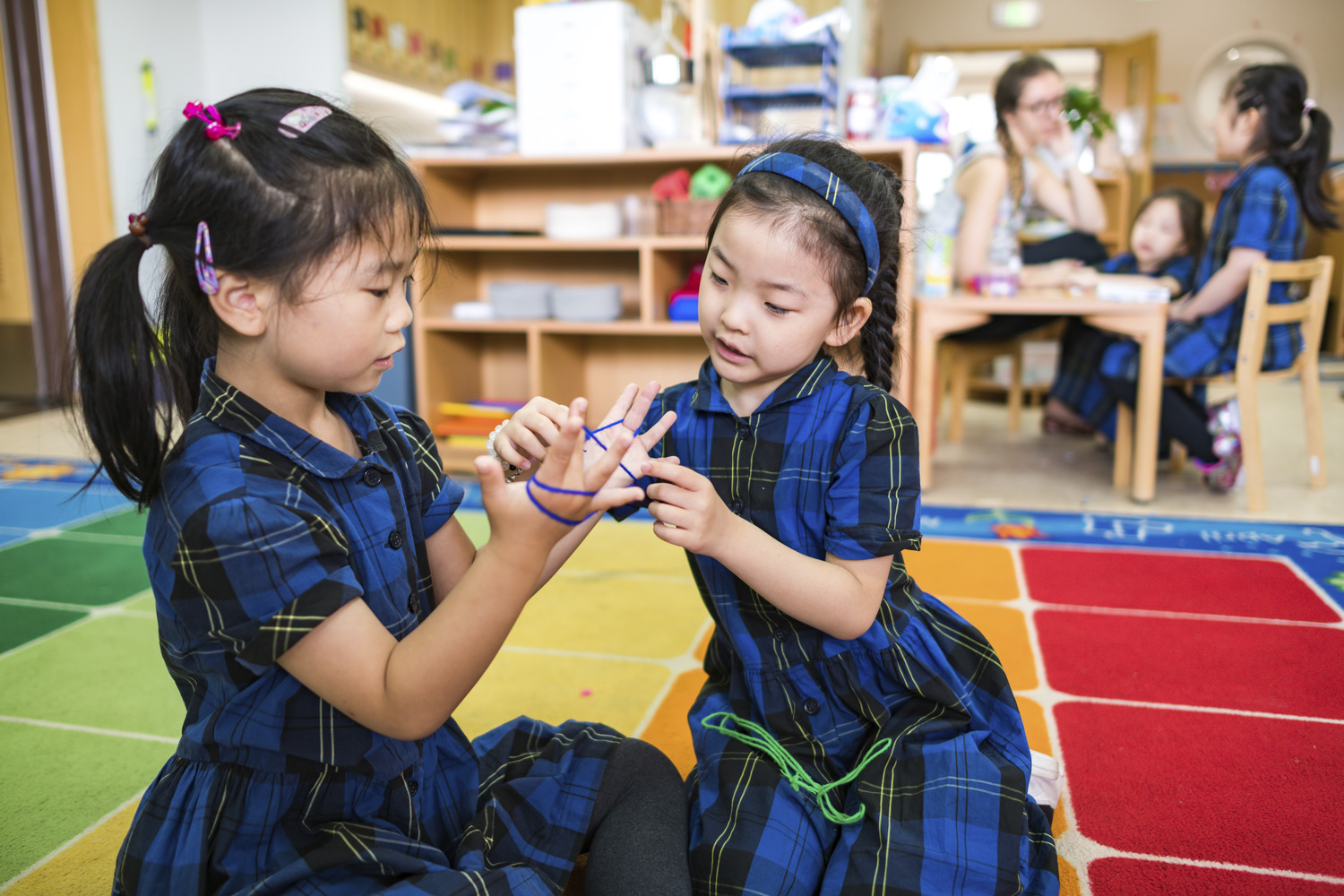
When I was assigned to write an article centred around wellbeing and involvement, it reminded me of a topic that we often talk about with Hiba parents: “What is the greatest thing that you hope your child will achieve at nursery?” Most of our parents answered: "For them to be happy.” Happiness, while broad in its interpretation and meaning to different people, is very much included in the concept of wellbeing. So, what does wellbeing mean? Wellbeing is a kind of psychological state. It represents how satisfied people are with their current life, which will further affect whether they can achieve and maintain an optimistic and cheerful state of mind. Martin Seligman of the University of Pennsylvania, dubbed the ‘father of positive psychology’ once described wellbeing as a combination of joy, involvement and intention.

For children, their wellbeing is relatively explicit because their mental state is usually demonstrated through overt behaviours that can be seen and analysed by others. Children in a positive state of wellbeing will feel like a fish in water; they feel like they are in a comfortable environment and are in good mood. They will also have an open and receptive attitude towards their environment. They radiate vitality as well as relaxation and inner peace. Their state of wellbeing influences whether children will decide to get involved in activities as well. At the same time, being involved in various activities is a vital element of supporting their state of wellbeing. Both of these two parts are indispensable and mutually supportive.

With the aim of being better able to observe and assess our pupils’ wellbeing and involvement, Hiba Academy Shanghai introduced the Leuven Involvement Scale, which was designed by the Leuven University Belgium, to our setting last year. Currently we assess all pupils multiple times each year and compare these results with a measurement framework for those in early years education. By using this comparison and interpreting its meaning, our teachers are able to take necessary action to help pupils with lower scores improve their overall wellbeing and involvement. Dr Ferre Laevers, who developed the theory of the Leuven Involvement Scale, pays a great deal of attention to wellbeing and involvement. He believes that both factors play a critical role in promoting pupils’ learning performance and progress, which mirrors what we want to achieve at the nursery. It is not enough to try to cultivate pupils’ wellbeing in isolation. Family life is also very important, and parents can be critical in supporting what we do at the nursery and help maintain their child’s healthy mental state. What can parents do to boost their child’s sense of wellbeing? Consider the following questions:
If parents want to improve child’s involvement in activities, think about the following questions as well:

Parents’ companionship and their willingness to listen to their children are invaluable sources of encouragement for their children’s wellbeing. According to renowned psychologist Abraham Harold Maslow, who created Maslow’s hierarchy of needs, we have five distinct categories of needs. Besides the physiological needs in the lowest rank, the other four are from lowest to highest: safety needs, love and belonging, esteem and self-actualisation. The higher needs in the hierarchy begin to emerge when people feel they have sufficiently satisfied the needs below. As such, we need to support children’s wellbeing from an early age when they can be more easily satisfied, which will contribute to building their state of wellbeing later on in life.